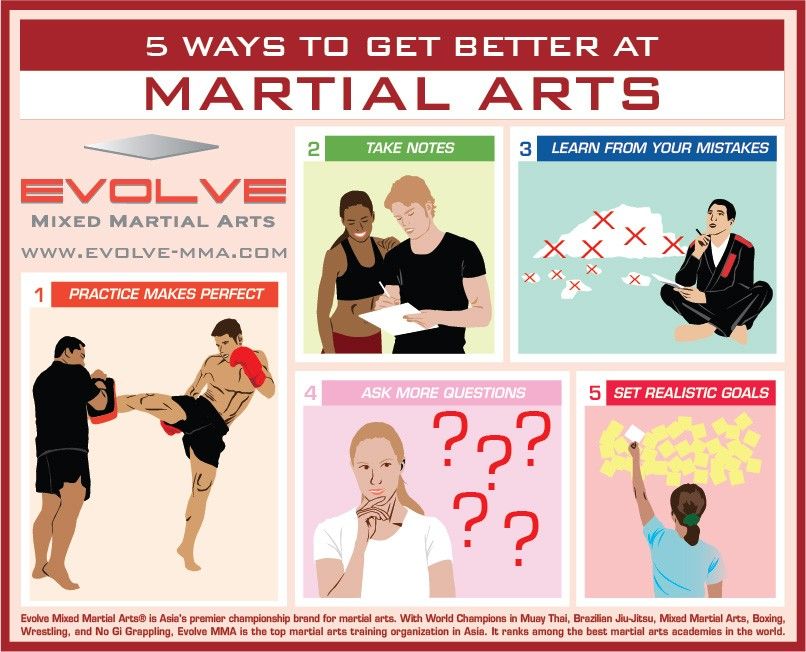The Chronicle And Growth Of Martial Arts: An Examination Of Its Historical Beginnings And Advancement Right Into Modern Techniques
The Chronicle And Growth Of Martial Arts: An Examination Of Its Historical Beginnings And Advancement Right Into Modern Techniques
Blog Article
Posted By-Delaney William
Step into the globe of martial arts, where ancient beginnings and contemporary strategies clash in an exhilarating trip of self-control and self-discovery.
As you look into the background and evolution of this exciting art type, prepare to be astounded by the cultural influences, technical innovations, and profound viewpoint that have shaped it over centuries.
From the battlefields of ancient worlds to the training premises of today, martial arts have stood the test of time, frequently adapting and growing.
Each strike, each movement, brings with it the weight of plenty of years of custom and knowledge, gave through generations. This is a story of strength, of warriors that looked for not only physical expertise, but additionally self-confidence and consistency.
Join us on this exceptional expedition as we uncover the secrets, the tales, and the transformational power of martial arts.
Prepare felony attorney to be inspired, tested, and for life altered by the history and advancement of martial arts.
Cultural Impacts on Martial Arts
As you explore the background and evolution of martial arts, you'll rapidly discover the interesting ways in which cultural influences have actually shaped these battle methods.
From the old human beings of China and India to the much more recent developments in Japan and Brazil, martial arts have been heavily affected by the cultures in which they stemmed.
For instance, Chinese martial arts, such as Kung Fu and Tai Chi, are deeply rooted in the approach of Taoism and the idea of Yin and Yang.
In contrast, Japanese martial arts, like Karate and Judo, mirror the samurai warrior customs and the worths of discipline and honor.
Similarly, Brazilian fighting style, Capoeira, incorporates elements of African dancing and music, mirroring the social heritage of African servants in Brazil.
These cultural influences not just provide each martial art its distinct attributes however additionally give a deeper understanding of the historic and social contexts in which they progressed.
Technical Advancements and Martial Arts
With the rise of sophisticated weaponry and innovative training devices, you have actually been able to improve your skills and adjust to the ever-changing battle landscape.
https://www.syracuse.com/crime/2022/04/about-50-syracuse-defense-lawyers-picket-courthouse-over-low-pay-shout-raise-the-rates.html have reinvented the way martial arts are exercised and educated. Virtual reality simulations currently enable you to train in sensible combat circumstances without the risk of physical injury. High-speed cams capture every step, enabling you to assess and perfect your techniques. https://zandervfoyg.topbloghub.com/36564668/vital-inquiries-to-present-when-involving-a-criminal-defense-attorney , breathing, and muscular tissue activation, offering instantaneous comments on your efficiency.
Additionally, the advancement of specific devices, such as resistance bands and agility ladders, has allowed you to enhance your rate, toughness, and agility. These technical innovations have not just made training much more effective but have additionally pressed the limits of what is feasible in martial arts, permitting you to reach brand-new elevations in your technique.
The Ideology and Principles of Martial Arts
The viewpoint and principles of martial arts are deeply rooted fit your frame of mind and instilling technique, emphasis, and regard in your method.
1. State of mind: Martial Arts instructs you to develop a strong and resistant frame of mind. It allows you to get over difficulties both on and off the mat, pushing your limits and persevering when faced with hardship.
2. Self-control: Martial Arts demands technique and self-constraint. With regular training and adherence to rigorous rules and techniques, you discover to manage your impulses and develop a solid work ethic.
3. Emphasis: Martial Arts requires intense emphasis and focus. By training your mind to be present in the moment, you boost your ability to respond rapidly and successfully throughout fight situations.
4. Regard: Martial Arts stresses regard for oneself, trainers, educating companions, and challengers. It shows you to value the skills and experiences of others, cultivating a feeling of camaraderie and sportsmanship.
Conclusion
Congratulations on completing your journey through the exciting world of martial arts! Throughout this expedition, you have seen the abundant history and impressive advancement of these combat techniques.
From their ancient origins to the contemporary methods we see today, martial arts have been formed by social impacts.
The integration of technology has additionally played a substantial role in revolutionizing the method martial arts are taught and exercised in the present day.
Nonetheless, it is important to keep in mind that martial arts are more than simply physical fight. They incorporate extensive philosophies and leading concepts that exceed the plain act of combating.
Take a moment to assess this anachronistic experience and value exactly how the tradition of martial arts remains to prosper in today, transcending time and limits.
